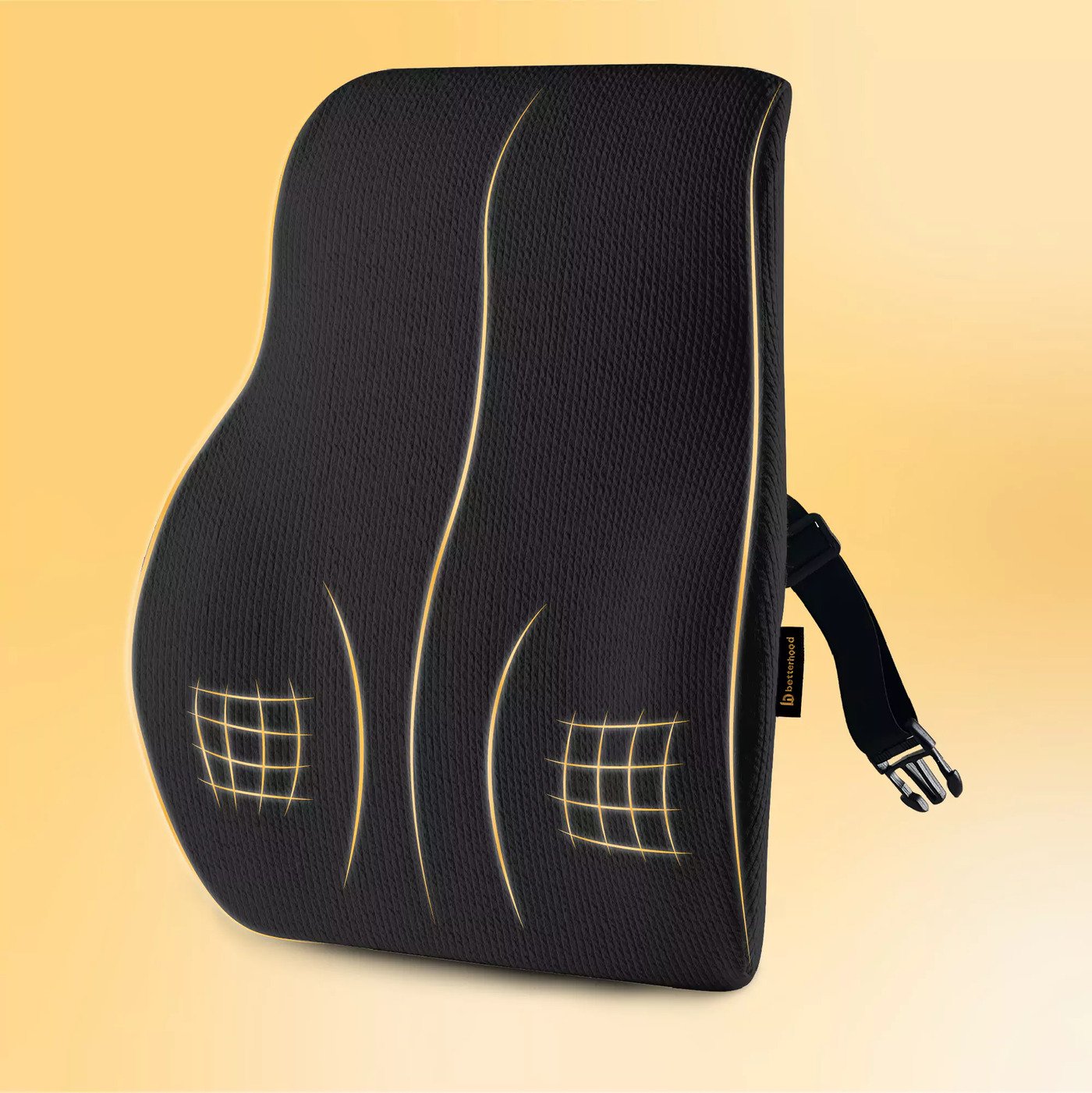Neck pain is something many people experience at some point in their lives. For some, it becomes a persistent issue that can significantly impact daily life. One of the common causes of chronic neck pain is osteoarthritis, a degenerative joint disease that affects the spine over time. In this blog, we’ll explore how osteoarthritis develops in the neck, how it causes pain, and the conditions it can lead to. Let’s dive in and see why this could be the cause of your neck pain.
What is Osteoarthritis in the Neck?
Osteoarthritis (OA) is a condition where the protective cartilage that cushions the bones in a joint breaks down over time, causing the bones to rub against each other. In the neck, this affects the cervical spine, which is made up of 7 vertebrae that connect your head to your body. These vertebrae are connected by joints and intervertebral discs that allow smooth movement of the neck. However, as we age, the cartilage in these joints begins to wear away due to constant use and strain, leading to stiffness, discomfort, and pain.
In the cervical spine, the joints between the vertebrae can become inflamed and damaged as osteoarthritis progresses. This wear and tear often leads to the formation of bone spurs, which can further limit neck movement and increase pain.
What Causes Osteoarthritis in the Neck?
There are several reasons why osteoarthritis might develop in the neck. The most common cause is the natural aging process. As you grow older, the discs between the vertebrae start to lose water content, which leads to a decrease in their ability to cushion the bones. This puts more stress on the joints of the neck, accelerating the breakdown of cartilage.
Other factors that can contribute to the development of osteoarthritis in the neck include:
- Poor Posture: Sitting or standing with improper posture for long periods, especially while using devices like phones or computers, can put unnecessary strain on the cervical joints. This strain can contribute to the gradual wear of the cartilage, increasing the risk of osteoarthritis.
- Weak Muscles: If the muscles supporting the neck are weak, they can’t adequately protect the cervical spine from stress. Over time, this can contribute to the development of osteoarthritis as the joints are subjected to more pressure.
- Previous Injuries: Past neck injuries, such as whiplash from a car accident, can also increase the likelihood of osteoarthritis in the cervical spine. These injuries may damage the cartilage or the bones in the neck, leading to long-term wear and tear.
What Health Conditions Does Osteoarthritis in the Neck Lead To?
As osteoarthritis progresses, it can lead to a number of other health conditions that affect the neck and the surrounding structures. These include:
- Facet Joint Disease: The facet joints in the cervical spine can become inflamed and degenerate as osteoarthritis advances. This causes pain, stiffness, and limited mobility in the neck, especially when turning or tilting the head (1).
- Inflammatory Arthritis: In some cases, osteoarthritis can lead to a more generalized form of inflammatory arthritis in the neck. This condition results in joint swelling, pain, and further loss of motion (2).
- Bone Spurs: As osteoarthritis damages the cartilage, the body may try to compensate by forming bone spurs (also called osteophytes) around the affected joints. While bone spurs may help stabilize the joint, they can also cause more irritation and pain by pressing against nearby nerves or tissues (3).
- Bone Rubbing on Bone: As the cartilage wears away, the bones of the cervical spine can rub against each other, causing pain, stiffness, and limited movement. This is one of the most common symptoms of advanced osteoarthritis in the neck (4).
How Does Osteoarthritis in the Neck Lead to Chronic Pain?
Osteoarthritis in the neck causes chronic pain because it disrupts the normal functioning of the cervical joints. As the cartilage breaks down, the bones rub against each other, causing inflammation and pain. Additionally, the formation of bone spurs can further irritate the surrounding tissues, including nerves and muscles. This leads to pain that can range from mild discomfort to sharp, debilitating sensations.
The neck is a highly mobile area of the body, so any issue with the spine or joints can affect your range of motion. As osteoarthritis progresses, the limited movement can result in stiffness and muscle tension, adding to the discomfort. Furthermore, the pain may radiate from the neck into the shoulders, upper back, and arms, making it even more challenging to perform daily tasks.
How Do You Know If Osteoarthritis is the Cause of Your Neck Pain?
If you’ve been experiencing chronic neck pain, stiffness, or difficulty moving your neck, osteoarthritis might be the cause. Key signs of osteoarthritis in the neck include:
- Persistent pain and stiffness that worsens with movement or after sitting for long periods
- Decreased range of motion, making it difficult to turn your head from side to side
- Pain that radiates from the neck to the shoulders, arms, or upper back
- Swelling or tenderness around the neck joints
Your doctor can diagnose osteoarthritis through a combination of physical examinations and imaging tests, such as X-rays or MRIs. These tests can reveal the extent of cartilage damage, the presence of bone spurs, and any other changes to the cervical spine.
Treatment Options for Osteoarthritis in the Neck
While osteoarthritis in the neck cannot be fully cured, there are several treatments available to help manage symptoms and improve quality of life:
- Physical Therapy: A physical therapist can help you strengthen the muscles in your neck and improve your posture. This can reduce strain on the cervical joints and help alleviate pain (5).
- Medications: Nonsteroidal anti-inflammatory drugs (NSAIDs), acetaminophen, or muscle relaxants can help reduce inflammation and pain. In some cases, corticosteroid injections may be recommended for more severe pain (6).
- Heat and Cold Therapy: Applying heat or cold to the neck can help reduce inflammation and provide temporary relief from pain.
- Lifestyle Changes: Improving your posture, avoiding prolonged periods of sitting, and incorporating gentle stretching or yoga can help reduce the strain on your neck and prevent further damage.
- Surgery: In rare cases, surgery may be needed if the osteoarthritis causes severe pain, nerve compression, or significant loss of function. Options like spinal fusion or decompression surgery can help stabilize the cervical spine and improve mobility (7).
Conclusion: Managing Osteoarthritis for Better Neck Health
Osteoarthritis in the neck is a common cause of chronic pain, especially as we age. While it may be difficult to prevent completely, early intervention can help manage symptoms and improve neck function. If you are experiencing chronic neck pain, it’s important to consult a healthcare provider who can determine if osteoarthritis is the underlying cause and guide you through treatment options. With the right approach, you can maintain mobility and reduce pain, improving your quality of life.
References
- Beattie, S., & Gormley, J. (2018). Facet joint disease and its relationship to chronic neck pain. Journal of Spinal Disorders & Techniques, 31(2), 113-118. Available at: https://pubmed.ncbi.nlm.nih.gov/29085838/
2. Singh, A., & Kumar, S. (2017). Inflammatory arthritis and its role in neck pain. Indian Journal of Rheumatology, 12(4), 295-299. Available at: https://pubmed.ncbi.nlm.nih.gov/30540467/
3. Lee, D. W., & Kim, B. J. (2019). Bone spurs in the cervical spine: Symptoms and management. Spine Journal, 25(9), 702-708. Available at: https://pubmed.ncbi.nlm.nih.gov/30804998/
4. Hwang, H. M., & Chung, J. W. (2018). Bone-on-bone pain in osteoarthritis of the neck. Journal of Pain Management, 22(7), 1221-1227. Available at: https://pubmed.ncbi.nlm.nih.gov/30467893/
5. Tan, M., & Smith, R. (2017). The role of physical therapy in cervical spine osteoarthritis. Journal of Rehabilitation Research, 56(2), 185-191. Available at: https://pubmed.ncbi.nlm.nih.gov/28977924/
6. Gupta, A., & Verma, A. (2020). Medical management of osteoarthritis in the neck. Indian Journal of Orthopaedics, 54(1), 60-66. Available at: https://pubmed.ncbi.nlm.nih.gov/31957561/
7. Lee, J. Y., & Park, S. Y. (2019). Surgical options for cervical osteoarthritis. Neurosurgery Clinics of North America, 31(2), 231-237. Available at: https://pubmed.ncbi.nlm.nih.gov/31934811/








